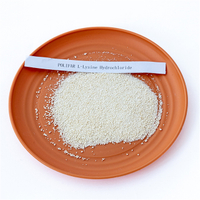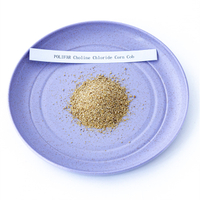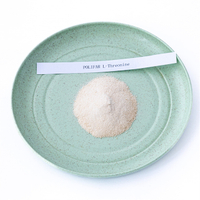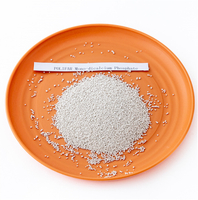Views: 0 Author: Site Editor Publish Time: 2023-02-17 Origin: Site








Food thickeners are one of the most important excipients in the food industry. It mainly plays the role of stabilizing the food form in food processing, such as keeping the suspension slurry stable, the smoothness stable, and the emulsification system stable. In addition, it can improve the touch of food and the stability of color, aroma, taste and liquid state of processed food. There are many types of thickeners, which are divided into two categories: natural and chemical synthesis. Natural thickeners are mainly obtained from plants and animals. Chemically synthesized thickeners include CMC-Na, propylene glycol alginate, etc. The prominent role of thickeners in food is mainly manifested in:

(1) Thickening, dispersion and stabilization
Edible thickeners are all hydrophilic polymer substances. Soluble in water has great viscosity. After the viscosity increases, the dispersed phase in the system is not easy to aggregate and coagulate, so the dispersion system can be stabilized. Most thickeners have the function of surfactants, which can be adsorbed on the surface of the dispersed phase, making them hydrophilic and easy to disperse in the water system. The molecular weight distribution and concentration of the thickener, the temperature of the solution, the pH value and the shear rate all have an impact on the viscosity of the solution.
(2) Gelation
Some thickeners, such as gelatin and agar, are viscous fluids under warm conditions. When the temperature drops, the solution molecules connect into a network structure, the solvent and other dispersion media are all contained in the network structure, and the whole system forms a semi-solid without fluidity, that is, a gel. The processing of many foods utilizes this characteristic of thickeners, such as jelly and milk jelly. Some ionic water-soluble polymer thickeners, such as sodium alginate, can form gels in the presence of high-valent ions, regardless of temperature. This brings convenience and assistance to the processing of many specialty foods. It is worth noting that not all food thickeners can form gels, and their gel properties cannot replace each other in food systems. The reason is that the characteristics of various thickeners such as gelation mode, quality, stability, and mouthfeel are not completely the same.
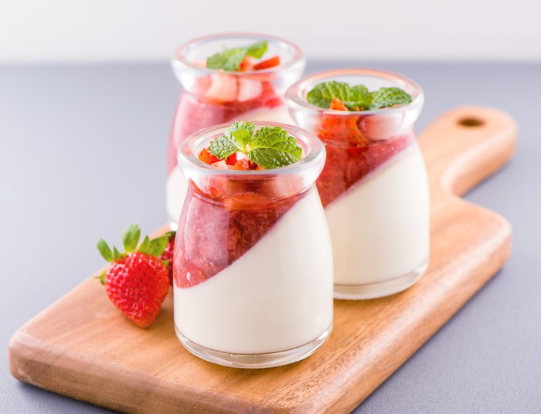
(3) Coagulation and clarification
Most thickeners are polymer materials. Under certain conditions, multiple dispersion media can be adsorbed at the same time to aggregate and separate, so as to achieve the purpose of purification or purification. If you add a small amount of gelatin to the juice, you can get clarified juice.
(4) Moisture retention
Water-holding thickeners are all hydrophilic polymers, which themselves have strong water absorption. After it is added to food, it can keep the food with a certain moisture content, so that the product can maintain a good taste. The hydrophilic effect of the thickener can play a very good role in improving the quality of meat products and noodle products. As in pasta, thickeners can improve the water absorption of the dough. When preparing dough, the thickener can accelerate the penetration of water into protein molecules and starch granules, which is beneficial to powder adjustment. Thickeners can absorb dozens or even hundreds of times the amount of water. And it has water holding capacity, which can improve the water absorption of the dough and increase the weight of the product. Due to the gel properties of the thickener, the viscoelasticity of the noodle product is enhanced, the degree of starch α is improved, and it is not easy to age and dry out.
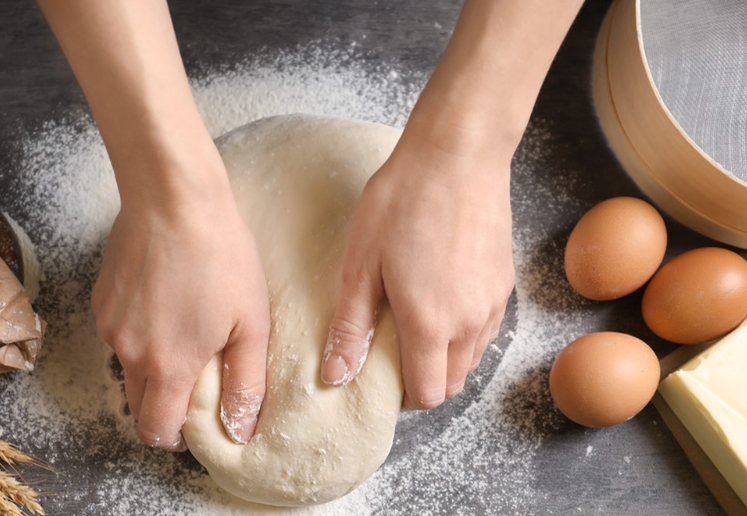
(5) Film-forming and fresh-keeping functions
Edible thickeners can form a very smooth protective film on the surface of food to protect food from oxygen and microorganisms. Used together with food surfactants, it can be used to preserve the freshness of fruits and vegetables and has a polishing effect. It can also prevent the quality degradation caused by the surface moisture absorption of frozen food and solid powder food. Food thickeners with such effects include alcohol-soluble protein, gelatin, agar, alginic acid, etc.
(6) Foaming and foam stabilization
Thickeners can foam and form a network structure. Its solution is like soap bubbles when stirred, and can contain a large amount of gas and liquid bubbles, which increases the surface viscosity of processed foods and stabilizes them. When alginate, locust bean gum, sodium alginate, gelatin, etc. are used as foaming agents in cakes, bread, ice cream, etc., the thickener can increase the amount of foam and the stability of the foam.
(7) For the production of health care and low-calorie food
Many thickeners are basically natural colloid macromolecules. It is hardly digested in the human body, but excreted through metabolic processes. Therefore, after replacing part of syrup and protein with thickeners in food, it is easy to reduce the calorific value of food. This method has been applied in processed foods such as jams, pulps, seasonings, snacks, biscuits, puddings, etc., and continues to develop in a wider range of aspects. In 1961, researchers found that pectin can lower blood cholesterol, and sodium alginate also has this effect. The curative effect of natural gum makes it an important raw material in health food.
So far, there are more than 60 kinds of food thickeners used in the food industry in the world. It is mainly used to improve and stabilize the physical properties or form of food, increase the viscosity of food, give food a sticky and delicious taste, and play the role of thickening, stabilizing, homogenizing, emulsifying gel, masking, flavoring, sweetening, etc.



